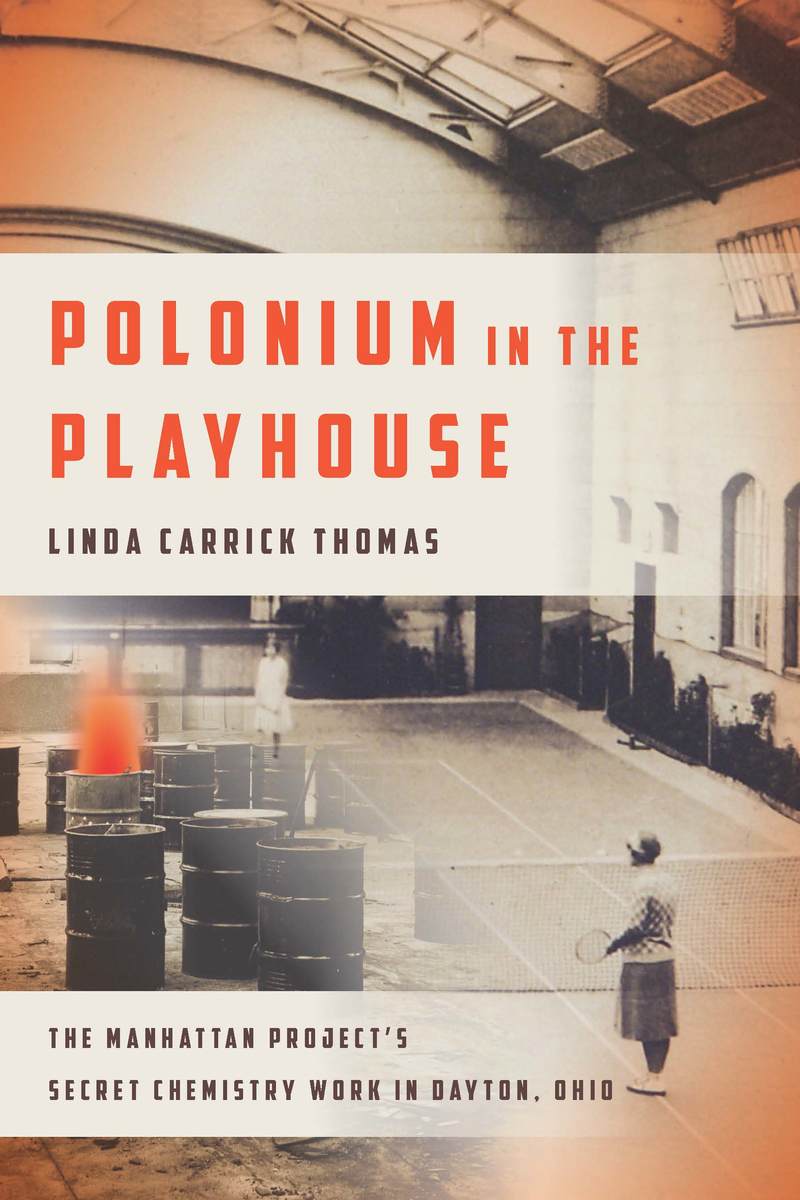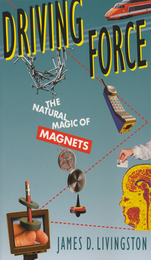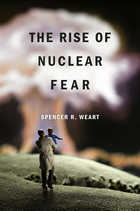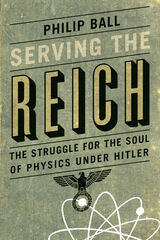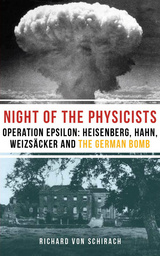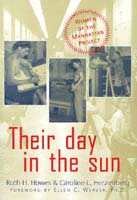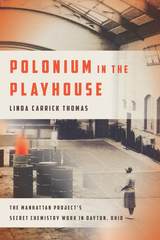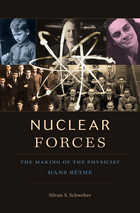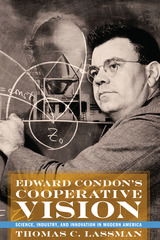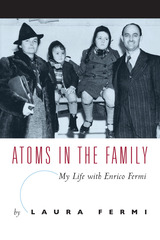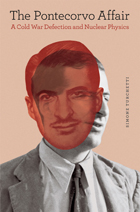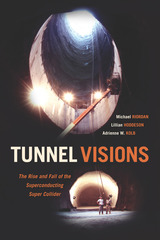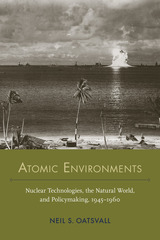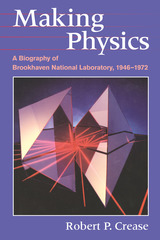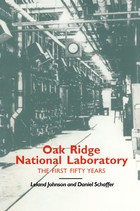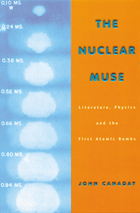Polonium in the Playhouse: The Manhattan Project's Secret Chemistry Work in Dayton, Ohio
The Ohio State University Press, 2017
Cloth: 978-0-8142-1338-4 | eISBN: 978-0-8142-7503-0 | Paper: 978-0-8142-5404-2
Library of Congress Classification QC773.3.U5T46 2017
Dewey Decimal Classification 355.825119097309
Cloth: 978-0-8142-1338-4 | eISBN: 978-0-8142-7503-0 | Paper: 978-0-8142-5404-2
Library of Congress Classification QC773.3.U5T46 2017
Dewey Decimal Classification 355.825119097309
ABOUT THIS BOOK | AUTHOR BIOGRAPHY | REVIEWS | TOC
ABOUT THIS BOOK
At the height of the race to build an atomic bomb, an indoor tennis court in one of the Midwest’s most affluent residential neighborhoods became a secret Manhattan Project laboratory. Polonium in the Playhouse: The Manhattan Project's Secret Chemistry Work in Dayton, Ohio presents the intriguing story of how this most unlikely site in Dayton, Ohio, became one of the most classified portions of the Manhattan Project.
Seized by the War Department in 1944 for the bomb project, the Runnymede Playhouse was transformed into a polonium processing facility, providing a critical radioactive ingredient for the bomb initiator—the mechanism that triggered a chain reaction. With the help of a Soviet spy working undercover at the site, it was also key to the Soviet Union’s atomic bomb program.
The work was directed by industrial chemist Charles Allen Thomas who had been chosen by J. Robert Oppenheimer and General Leslie Groves to coordinate Manhattan Project chemistry and metallurgy. As one of the nation’s first science administrators, Thomas was responsible for choreographing the plutonium work at Los Alamos and the Project’s key laboratories. The elegant glass-roofed building belonged to his wife’s family.
Weaving Manhattan Project history with the life and work of the scientist, industrial leader and singing-showman Thomas, Polonium in the Playhouse offers a fascinating look at the vast and complicated program that changed world history and introduces the men and women who raced against time to build the initiator for the bomb.
Seized by the War Department in 1944 for the bomb project, the Runnymede Playhouse was transformed into a polonium processing facility, providing a critical radioactive ingredient for the bomb initiator—the mechanism that triggered a chain reaction. With the help of a Soviet spy working undercover at the site, it was also key to the Soviet Union’s atomic bomb program.
The work was directed by industrial chemist Charles Allen Thomas who had been chosen by J. Robert Oppenheimer and General Leslie Groves to coordinate Manhattan Project chemistry and metallurgy. As one of the nation’s first science administrators, Thomas was responsible for choreographing the plutonium work at Los Alamos and the Project’s key laboratories. The elegant glass-roofed building belonged to his wife’s family.
Weaving Manhattan Project history with the life and work of the scientist, industrial leader and singing-showman Thomas, Polonium in the Playhouse offers a fascinating look at the vast and complicated program that changed world history and introduces the men and women who raced against time to build the initiator for the bomb.
See other books on: Experiments & Projects | Nuclear Warfare | Ohio | Science & Technology | Weapons
See other titles from The Ohio State University Press
